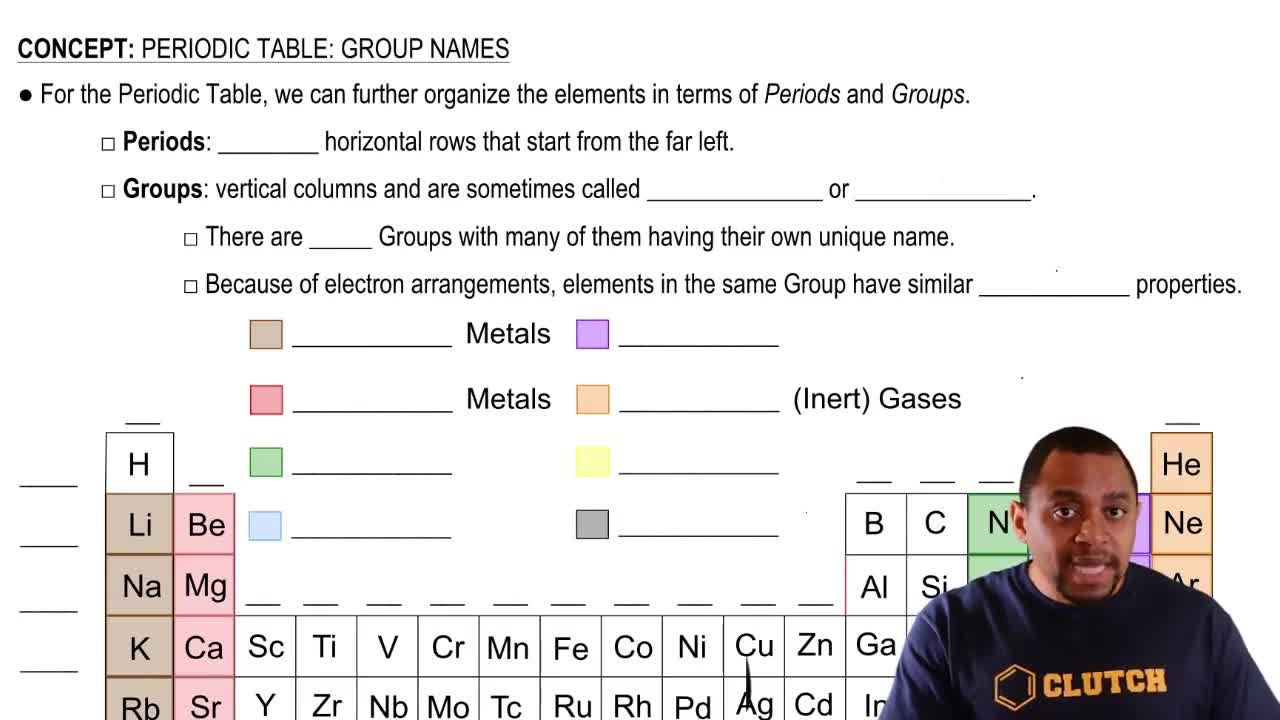Textbook Question
Give the symbol of the element that has the
a. largest atomic size in Group 1A (1)
 Verified step by step guidance
Verified step by step guidance Verified video answer for a similar problem:
Verified video answer for a similar problem:



 2:02m
2:02mMaster Periodic Trend: Atomic Radius (Simplified) Concept 1 with a bite sized video explanation from Jules
Start learning